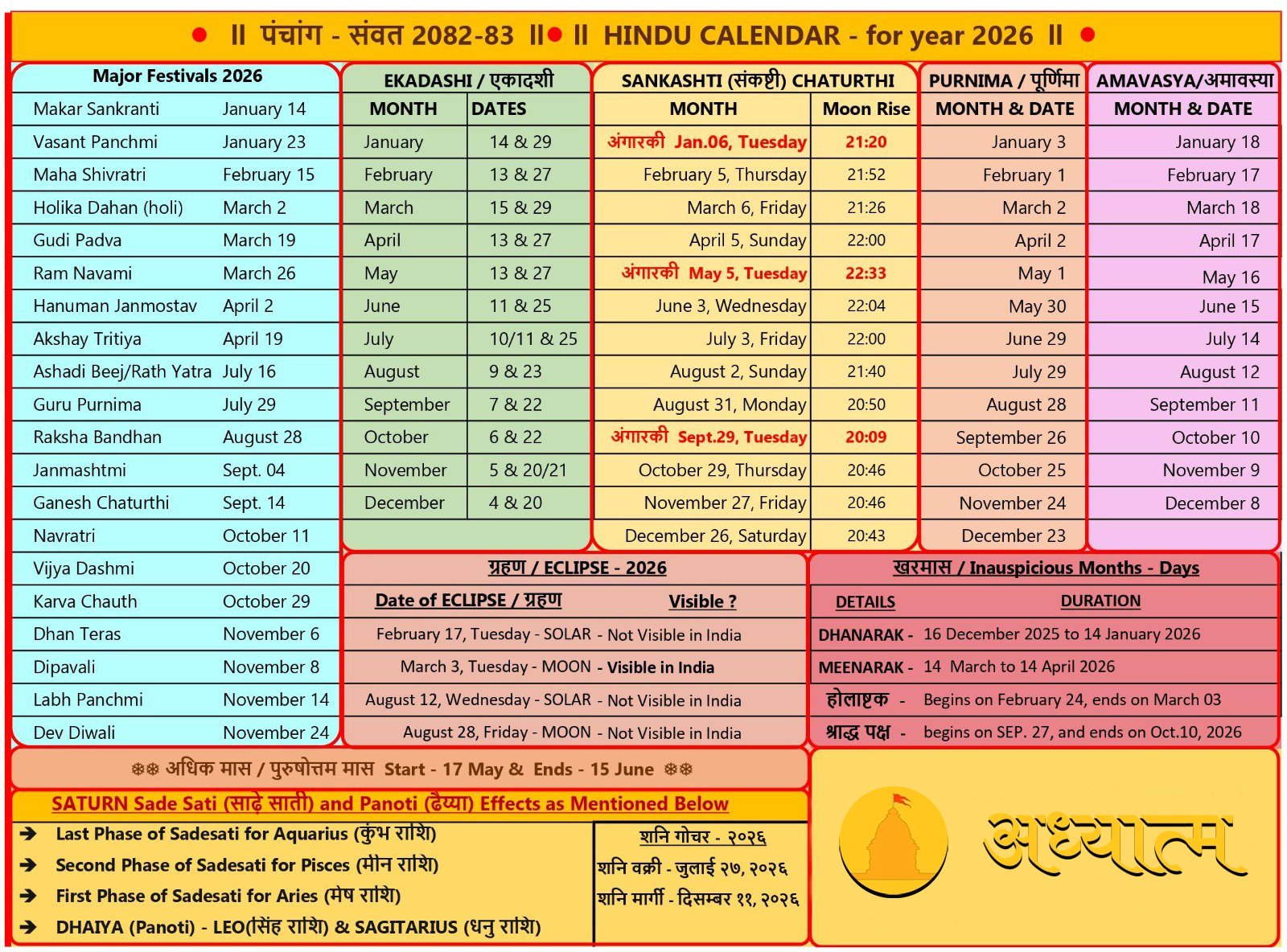Har Ki Pauri Haridwar
Har Ki Pauri is a famous ghat on the banks of the Ganges in Haridwar in the Indian state of Uttarakhand. This revered place is the major landmark of the holy city of Haridwar. Literally, “Har” means “God”, “Ki” means ” ‘s ” and “Pauri” means “steps”. Lord Vishnu is believed to have visited the Brahmakund in Har Ki Pauri in the Vedic times.
It is believed that it is the precise spot where the Ganges leaves the mountains and enters the plains. The ghat is on the west bank of Ganges canal through which the Ganges is diverted just to the north. Har Ki Pauri is also the area where thousands of pilgrims converge and the festivities commence during the Kumbha Mela, which takes place every twelve years, and the Ardh Kumbh Mela, which takes place every six years and the Punjabi festival of Vaisakhi, a harvest festival occurring every year in the month of April.
King Vikramaditya is said to have built it in 1st century BC in the memory of his brother, Bharthari who had come to meditate here on the bank of the Ganges. An area within Har Ki Pauri, where the evening Ganga Aarti takes places and which is considered most sacred is known as Brahmakund (ब्रह्म कुण्ड). It is considered to be the spot where the drops of Amrit fell over from the sky, while being carried in a pitcher by the celestial bird, Garuda after the Samudra Manthan. Every day, Har Ki Pauri ghat witnesses hundreds taking a dip in water of the Ganges. The place is considered very auspicious. Over the years the ghats have undergone major extension and renovation as the crowds increased in subsequent Kumbh Melas. Several temples have come up on the steps, most built in late 19th century.
The extension of the ghats took place in 1938 (done by Hargyan Singh Katara, a Zamindar from Agra in Uttar Pradesh), and then again in 1986.














